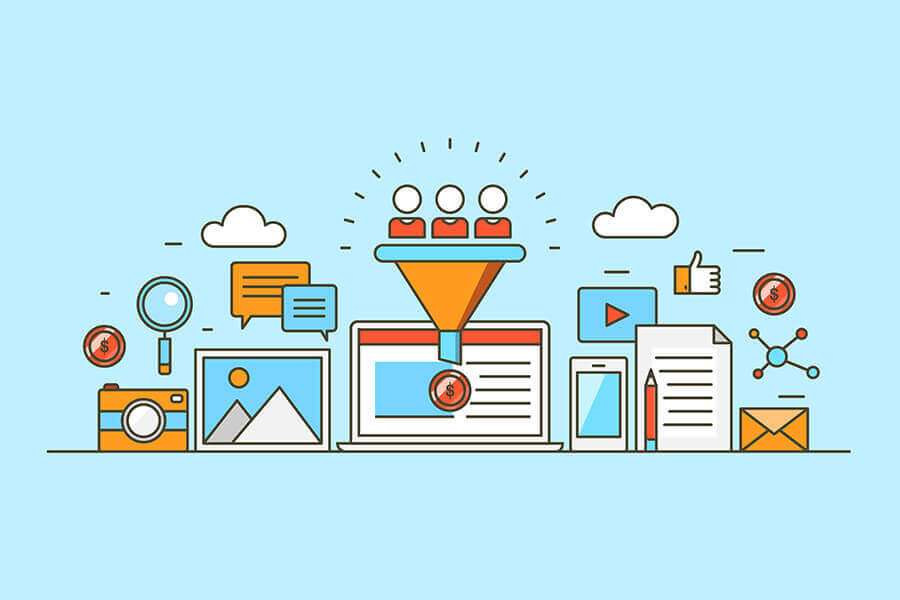
SINGLE PAGE WEBSITE CRAZE
New year, new website
It’s that time of year again folks. Soon you’ll be thinking about your new improved life for 2020 and crafting some new year resolutions to suit.
Fitness, family, and flapdoodle will be frontrunners for most people. But many others, just like you, will have business goals burning away at the forefront of their minds.
Perhaps ‘Get website done’ is high on the agenda. But just like that early morning run in the wet darkness, it’s not going to happen, is it? Life, work, stuff to deal with, just get in the way. Well, not this year, Barbara.
A new breed of the site has been sweeping the digital landscape. So lace up your running shoes and take our hand. We’re catching the single page website train because it’s going places. And here’s why.

What is a single page website?
- One page
- Easy to navigate
- Clean and simple
- Effective, streamlined content
Simply put, single page websites are websites that only have one page. They are designed to keep everything you want to say, and everything your user wants to achieve, within one scrolling webpage.
No need to navigate to multiple pages, information such as who you are, what you do, where you are and how to get in touch is intuitively gathered together in one place.
Often these sections are organised within specific panels to make sense of the flow. They can still have a menu of course, although rather than loading other pages, this will send you through hyperspeed to the relevant point on the same page.
Although single page sites can sometimes take a little longer to load initially, because of their length, once loaded the user experience is often slicker.
These sites are often kept clean and simple but there’s no limit to the range of rich media you can add. Single page sites often include videos, galleries, maps and forms to engage the audience, without overwhelming them with choices.

What are the benefits?
1. Conversions
Single pages are about conversions. Reducing distraction and giving the user just enough information to take the next step. That’s why single page sites are often used on landing pages, launch pages and events. The fact there’s typically only one main action to be taken by the user, has proven to increase conversions by more than 37% (Says who?). That’s because site navigation doesn’t interfere with this focus.
2. Speedier TTL
TTL stands for ‘Time To Live’ (Live as in Live Aid). It’s a nerdy term for some web settings but we can also think of it in terms of project duration. You can get online faster with a single page website. Plan your page as a simple intuitive journey for your user from top to bottom. You only need a few panels to establish trust and guide users toward the next step. That means less work for you and an efficiently speedier build.
3. Get Brexit your website done
Maybe you don’t have a website yet. (It’s ok, you’re not alone). But it’s far more likely that you do have a website (of sorts), that’s just not pulling its weight.
Perhaps it doesn’t work well on a mobile.
We can bet the content is out of date.
It’s likely not generating enough leads or sales.
If that sounds like, cough, a ‘friend’ of yours, then getting up to speed FAST, with a Nettl :Single website is for you. Err.. sorry, for them.

What’s the catch?
Content. You might have a vast array of unique and useful information just dying to be devoured by devoted users. If that’s true, then maybe a single page website isn’t for you. If you want to rank on search engines for multiple keywords and phrases then again, maybe a single page website isn’t for you.
But if those goals are for future you, if right now you need to get up to date and get online. Then launching quickly with a single page might well be your ticket to growth. You can always expand your horizons by adding additional landing pages over time. It’s easy to grow, and you can do it at a pace that suits your business.

Single page website pros and cons
Pros:
- Higher conversions
- Simple UX
- Easy to navigate
- Less content to create
- Easier to organise
- Quicker to plan
- Faster to build
- Rapid launch
- Affordable
- Options to grow
Cons:
- Limited SEO opportunity
- Not ideal if you have lots of content
- Might leave users wanting more
Any Questions?
Have a chat with us or keep reading. We publish customer-getting tips for free every month.
